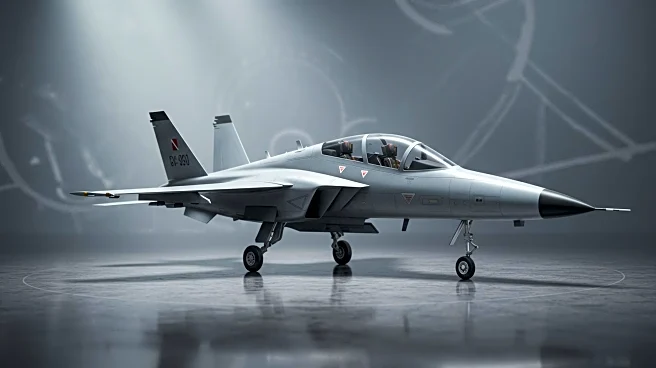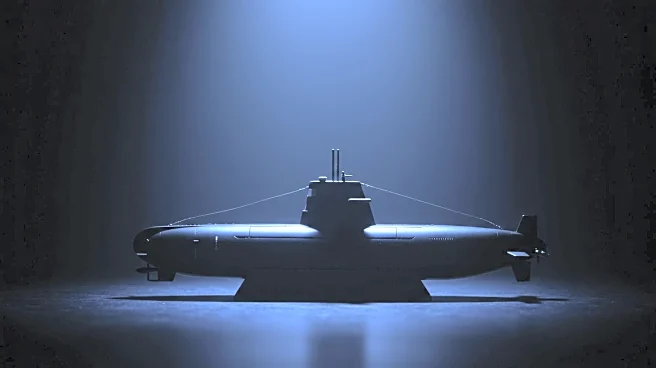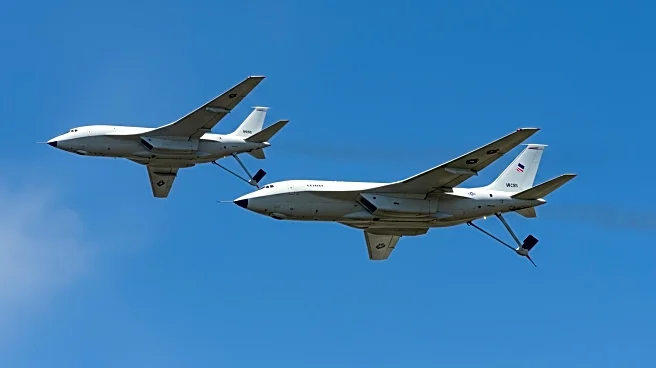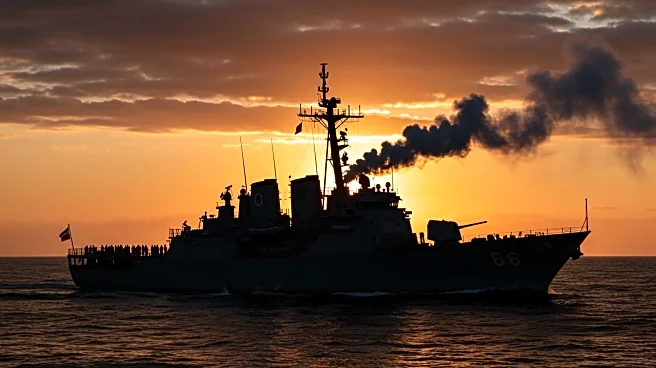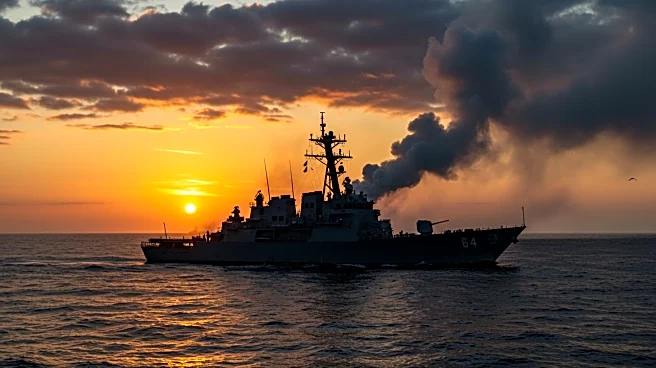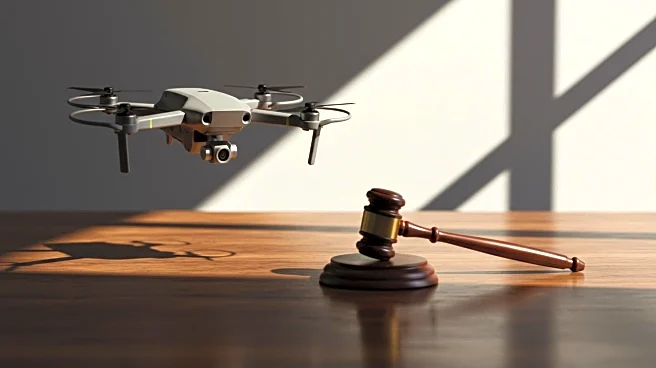Rapid Read • 8 min read
SNC has officially entered the competition to replace the U.S. Navy's aging T-45 Goshawk trainer with its new Freedom design. This clean-sheet design is tailored to meet the Navy's requirements for carrier-representative landings, which have been discontinued due to stress on existing aircraft. SNC's Freedom trainer, initially developed for the U.S. Air Force's T-X competition, is now being offered for the Navy's Undergraduate Jet Training System (UJTS). The Freedom joins other contenders like Boeing's T-7A Red Hawk, Lockheed Martin-Korean Aerospace Industries' T-50N, and Leonardo-Textron's M-346N. SNC emphasizes its strategic approach and commitment to thorough preparation, aiming to provide a robust aircraft capable of demanding carrier touch-and-go landings. The Navy plans to award the contract in 2027, with production beginning ahead of this timeline.
AD
The introduction of SNC's Freedom design into the U.S. Navy trainer competition is significant as it offers a fresh approach to meeting the Navy's training needs. The clean-sheet design promises cost savings and enhanced performance, potentially reducing the financial burden on the government. SNC's choice of smaller, more efficient engines could lead to lower operational costs compared to traditional fighter designs. This competition is crucial for the Navy as it seeks to replace approximately 220 T-45 trainers with at least 145 new aircraft, ensuring advanced training capabilities for future jet pilots. The outcome of this competition will impact the Navy's budget and training strategies, influencing the next generation of naval aviators.
The UJTS program is expected to progress with a formal request for proposals in December, followed by an engineering and manufacturing development award in 2027. This award will cover the procurement of the first low-rate initial production aircraft. SNC is collaborating with undisclosed partners to deliver the Freedom trainer on time, despite it not yet entering production. The Navy's decision to forego field carrier landing practice (FCLP) requirements in favor of virtual practice could expedite production, aligning with the aggressive timeline to field the system by 2030.
SNC's approach challenges traditional paradigms in military aircraft design by focusing on cost-effectiveness and modular open systems architecture. This strategy provides the government with more flexibility for future upgrades, potentially setting a precedent for other defense contractors. The emphasis on efficient high-G maneuvers and reduced operating costs reflects a shift towards more sustainable and economically viable military solutions.
AD
More Stories You Might Enjoy
